
I’ve been a long time (off and on) user of GeForce Now since the early days of the service on the original Shield TV – it was my first experience with cloud-gaming. And, I have always been impressed by the responsiveness and fidelity of the gameplay.
The library of games is also very impressive. It is closing in on 1500 games that can be streamed from the cloud! And, unlike rival services who fly under the radar, all these games have been given the go ahead by publishers.
I only just recently made it through a complete game on NVIDIA GFN (see some of the reasons below) – Deliver Us the Moon on the 3080 tier. The gameplay and visuals were impressive as heck in 4K 60 on the NVIDIA Shield. Once in the game, the experience is straight up magical!
Fidelity wise, GeForce Now is unrivaled in the cloud gaming space. The in game experience is so good that it is almost enough to make me forget about the effort it took to get into the game… almost… But, everytime I sit down on the couch, I do get a sinking feeling wondering what hoops I’m going to have to jump through today to get back to that point of magic.
As you’ll see, I still find the overall GeForce Now user experience (UX) incredibly clunky. Below are a number of the issues I experienced just this month.
My Experience in October 2022
After re-activating my GeForce Now account at the beginning of October, I went to go play on my Shield TV in the living room (on my beloved OLED, the best screen in the house). It probably would have all gone much better if I were a PC gamer playing on my gaming PC. But, I’m not, and here is some of what happened:
- It took me over 30 minutes to sign into Steam when launching the first game on the TV (there appeared to be a bug when navigating the virtual keyboard that also caused the cursor in the underlying Windows dialog to exit the password input field).
Note that this was after I thought I had already linked my Steam account on the GeForce Now website… But, you still have to login again in the remote Windows Steam app. This login field didn’t look appropriate for a TV experience. It was clearly just part of the Windows Steam desktop app. I ended up giving up trying to sign in on the TV and solved the issue by launching the game on my Chromebook where I was able to enter the password using the keyboard and mouse before moving back to the TV. - When attempting to launch an Ubisoft+ game (I’m a subscriber), I was presented with another Windows desktop app dialog asking for an activation key… “What the heck is an activation key?” After a bit of Googling, fixing the issue seemed (at first) to require downloading and installing the Ubisoft Connect app on a Windows PC (which we don’t have at our house…).
I wasted about an hour trying to install and get the Ubisoft Connect Windows app running in WINE on Linux. After which I finally stumbled upon a solution for “claiming” Ubisoft+ games to my account via Ubisoft’s website that is not well documented anywhere. After which, the game launched on GeForce Now. - I have an NVIDIA Shield controller but it actually doesn’t feel quite right for the service. There’s no screenshot button and the menu buttons don’t really map sensibly for me. I actually prefer to use the Xbox controller. I’m still not sure how to take, save and share screenshots on the Shield TV as a moment happens (ideally on the server side before compression). Admittedly, it could be me just being stupid.
- I couldn’t save the custom track my kiddo made in Hot Wheels Unleashed because of text-input issues with GFN’s version of the game on the TV. Tried for about 30 minutes using the virtual keyboard etc. He wasn’t too happy about that!
- A lot of GeForce Now interfaces that appear in front of you are not properly formatted for the devices being played on. For various reasons, I’ve been dropped into the Steam Desktop launcher/store UI on my TV when using GeForce Now. This happens when attempting to launch certain games or quit certain games. It’s not an interface that is really properly designed for TVs and not something I want to deal with.
- Launching new games on a new TV (powered by the Shield TV for example) causes them to load in a bizarre 4:3 aspect ratio and low resolution. This happened on many games including Deliver us the Moon and Lego Brick Tales. I had to go into the game settings and manually make the resolution 4K or 1080P to properly fill out my various TV screens.
- Manually having to purchase games from other 3rd party stores and then go back to GeForce Now and add them to your library is a lot more clicking around than I’d like. I’m not a PC gamer and have no real use for these 3rd parties other than to play games via GeForce Now. It’s too much friction.
- I do like that I can earn achievements via Steam, Ubisoft Connect etc. But, the UI’s for these again are not really optimized for the device (TV, Phone etc.) I’m playing on, and they aren’t very easy to interact with. It feels like a hack having to turn on the virtual mouse/keyboard with the controller to fully interact with overlaid platform features.
- Every Monday and Friday, my family and friends (of a variety of different gaming levels) join a virtual game party and play together. We extensively used Stadia’s Party feature and are now using Xbox parties as well. People are playing on all sorts of different devices – TVs, Phones, Tablets and Laptops. Party support lets people hear both game audio and the chat on one device or headset without involving a second device or any other third party apps. I can’t really figure out a good way to replicate this on GFN. Best I’ve come up with is just having everyone join a Zoom meeting or Discord room on a separate device.
- I don’t want to manage friends lists on a bunch of different services (Steam, Ubisoft Connect, Epic, Origin etc…) Getting Family and Friends up to speed on one service is hard enough!! I haven’t even tried to get all these to work with my crew… I’m too scared.
I like to use the following analogy for GeForce Now….
Imagine you sit down on your couch and open up the Netflix app on your TV… What if what happened next was that it asked you to sign into your Apple iTunes account and find a subset of your iTunes movie collection (or to buy new movies via the iTunes desktop app) that is compatible with the Netflix service? Then, it allowed you to launch one of those movies you own on iTunes via the desktop app running on a Windows cloud instance and streamed the output to you on your own TV.
The above version of Netflix probably works… technically… It could potentially even offer 4K and Dolby Vision+Atmos support. But, it would be clunky as heck. Nobody would put up with that type of UX in a video streaming app these days. And, I’ve got to believe that we can do better than the above for gaming as well!
What Should NVIDIA Do Next?
So, what can be done to improve on the above experience? Well, I think it is complicated by the fact that NVIDIA doesn’t fully control its own destiny with GeForce Now nor the user experience. But, I suggest the following:
- Now that GeForce Now has a sizable user community, I suggest putting the pressure on underlying platform providers to produce proper REST APIs that NVIDIA can use to make the cloud experience better on all sorts of devices. People should NEVER EVER EVER be dropped into a Windows Desktop interface when playing on a TV or Phone.
- Lead by example and take ownership of the service’s destiny. Right now, I believe GeForce Now is too reliant on others. And, it is those others that are really limiting the experience (see point 1). It made sense to pivot this way a few years back in order to grow the service. But, it may now be time to pivot back.
Everyone and their mother in the gaming space has their own launcher/platform these days. With 20 million+ users, NVIDIA can surely entice some publishers to bring games to the cloud using a platform that they completely own. I’d love to see the return of an actual GeForce Now gaming platform that is more than a way to stream games from other people’s desktop launchers.
A move in this direction seems like reasonable risk mitigation as well. At some point, Valve/Steam will almost certainly launch their own cloud gaming service (using Linux on the server side similar to SteamOS). “Thanks NVIDIA for holding our place in line. We’ll go ahead and take it from here.” At which point, NVIDIA may wish it had an actual platform of its own where it had some control over the content.
GeForce Now In 2022
So, in conclusion, I think GeForce Now is well out in front of the pack (of other cloud gaming services) in terms of game fidelity. But, they are also trailing the pack in terms of the user-experience outside of the games themselves. If NVIDIA wants to move beyond PC gamers (who may already be buying their GPUs), some investment here is warranted.
It’s going to be really fun to watch how this evolves over the next few years. Buckle up folks, it should be a wild ride.


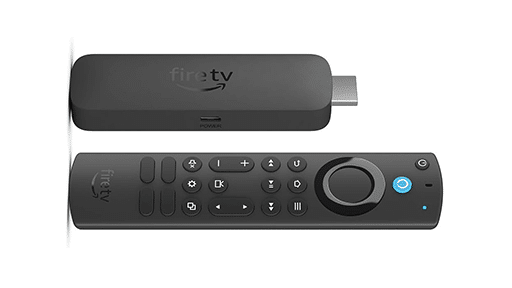

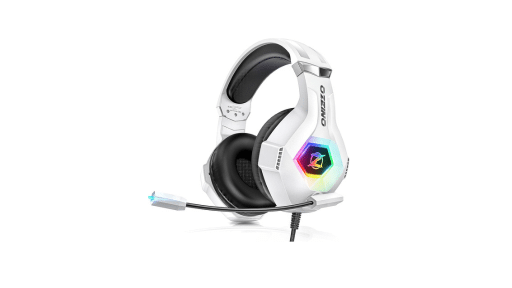
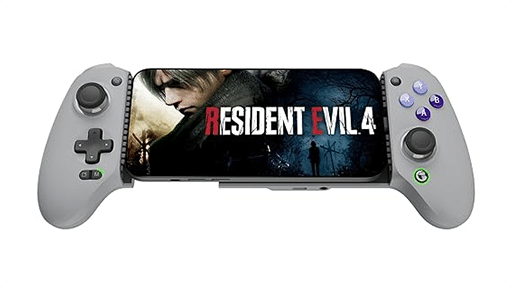
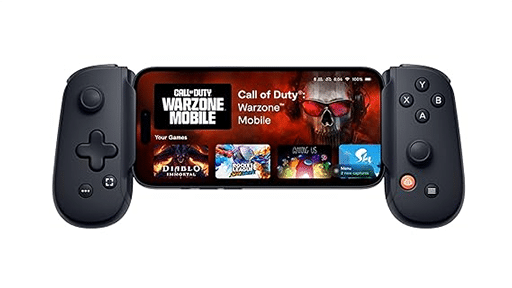
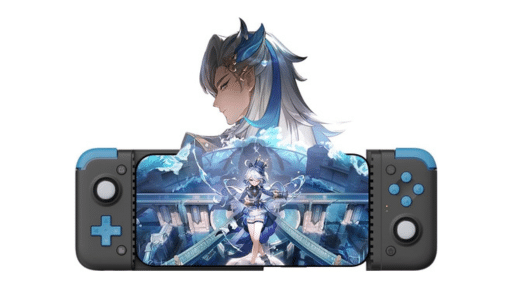

great write up. I agree with a lot of these sentiments. Getting my Steam and Epic library synced even on my PC was such a headache I gave up on three separate occasions. Even after the fact, the UI just seems so much messier than the competition. I like that I can own my games, but Nvidia really needs to figure out this ecosystem.